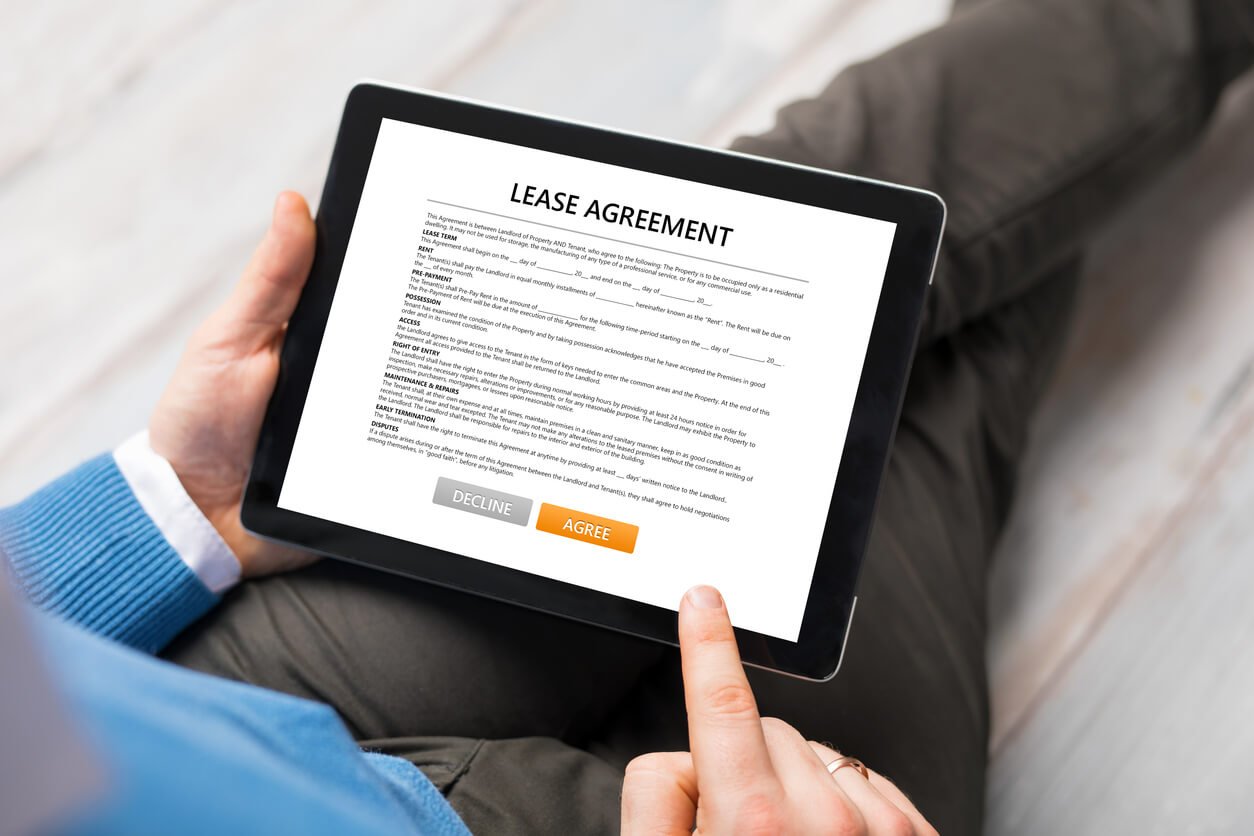Many challenges can cause tenants to want to break their lease early. They may have an unexpected job change, face income challenges they weren’t prepared for, or find themselves in the middle of an unexpected crisis. Alternatively, the property might not have been to their liking. Perhaps they have personal reasons for wanting to leave the property. Whatever the case, your tenant wants early termination.
What does that mean for you?
Your lease is a legal document that binds the tenant to your property for a specific period of time, usually for a year. A tenant who breaks their lease may face legal and financial penalties. As a landlord, however, you want to take steps to protect yourself while offering reasonable options that will, overall, prove helpful to your tenants.
1. Check Your State’s Laws
While a lease is a binding legal document, that doesn’t mean that you can hold your tenant to that lease regardless of the consequences. A lease exists to protect both tenant and landlord–and you may need to check your state’s laws to make sure that you fully understand your tenant’s legal rights when they want to break that lease.
For example, most states have laws that allow a tenant to break the lease early if the tenant is:
- A military service member who receives transfer orders before the lease is up
- A victim of domestic violence
- The property is uninhabitable in some way
Your state’s laws may also designate how much notice a tenant must give you if they want out of a lease early or require you to actively search for a new tenant if the former tenant continues paying rent while the unit sits vacant. Even if the tenant breaks the lease at an inconvenient time–a college student breaking their lease in the middle of a semester, for example–you may still need to go through the steps necessary to try to rent out the unit while the former tenant continues paying rent on the unit.
2. Exercise Common Sense and Compassion Where Possible
Obviously, as a landlord, it can prove incredibly frustrating when a tenant wants early termination. Instead of having a property you were sure was rented out for an entire year, you now have a property that won’t be generating the income you had counted on. However, it’s important to exercise common sense and compassion.
Why does the tenant want to break the lease? Even if you do not have a legal obligation to allow the tenant to break the lease early, in some cases, it may make more sense to go ahead and start looking for a new renter. Consider:
Did the tenant break the lease due to job loss? If the tenant can no longer afford the price of rent for the property, that tenant will not be better able to afford it if you do not allow them to break the lease. Not only could it spell financial ruin for the individual in question, but you also might not be able to collect that rent anyway. This means it makes more sense to go ahead and allow early termination.
Does the tenant want to break the lease due to divorce or another change in family status? Again, you may have trouble collecting rent from a tenant who has already moved out of the property–especially one that does not have the funds to give you.
Does your tenant need to break the lease due to a job transfer? Some states will allow tenants to break a lease early, given appropriate notice, due to a job transfer out of the area. In other cases, you may want to simply allow the tenant early termination to facilitate the introduction of a new renter to the property.
3. Consider How You Want to Handle Renting out the Property Again
Some tenants will choose to sublease a unit that they can no longer live in themselves, especially if the initial lease has grounds for subleasing. Others will help look for someone to sublet the unit so that they can move out more quickly. While you can — and likely should — allow the tenant to help you find a new renter if possible, you may not want to lay that responsibility on your tenant’s shoulders alone. Consider:
What are your requirements for a renter? Consider the type of renter you want in your property, including the factors you took into consideration when selecting the initial renter.
What screening steps do you go through? Do you conduct a background check on potential tenants? Check credit history? Those steps can take time–and you may want to make your current tenant aware of that process before they plan to enter into a sublease arrangement.
4. Negotiate a Buy-Out, If Possible

The easiest way to prepare for early termination is to include a clause in your rental agreement from the beginning. Include how much notice the tenant must give in order to break the lease, what the early termination fee will cost, and any other factors included in the early termination: when the tenant must move out by, for example.
If you’re a landlord with a tenant who has recently informed you that they wish to move out, however, you can still negotiate a buy-out option that will allow you to recoup some of the funds you have the potential to lose due to early termination while still allowing the tenant more freedom. In general, an early buy-out of a lease agreement charges 1-2 months’ rent, which will give you time to market the property and find a new tenant without substantial financial losses on your part.
Conclusion
Handling early lease termination can be incredibly frustrating. It’s important to keep in mind, however, that tenants must often leave for reasons outside their personal control. Having a plan ahead of time for how you will handle those early terminations, including adding them to your lease agreement, can make it easier to navigate those challenges when they arise. Contact us to learn more.



































